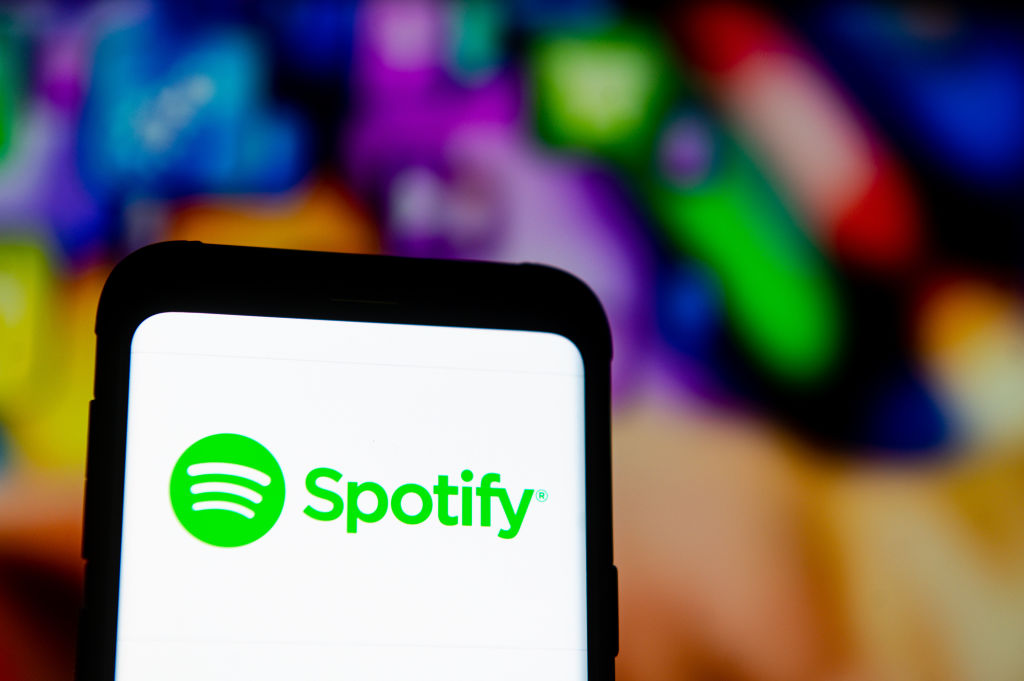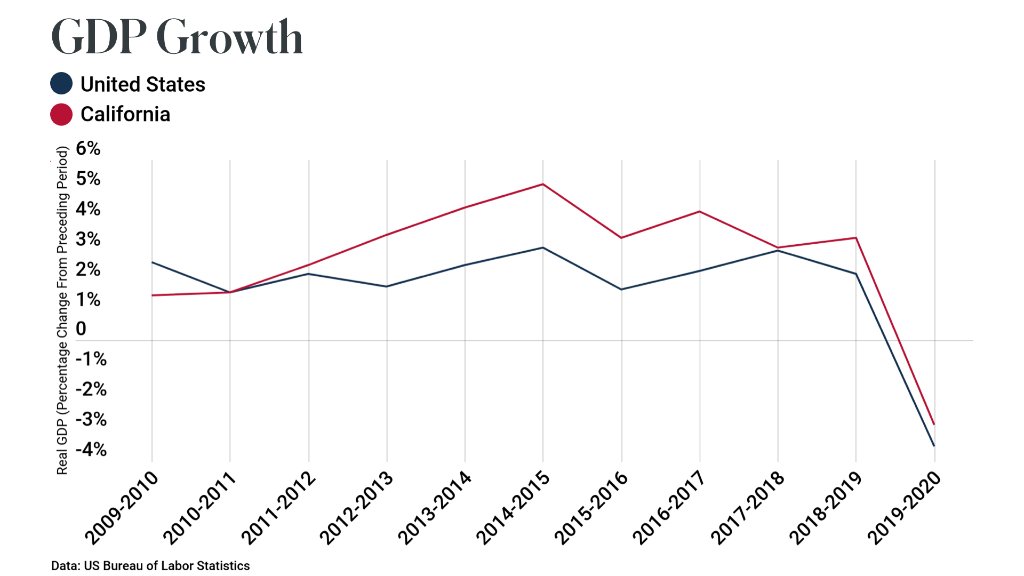
In honor of the 10th anniversary of the #ForbesUnder30, we’ve picked the 30 all-time all-stars: on.forbes.com/6011JWnkd 

Ten years. 100,000 nominees. 6,000 revolutionaries across 20 industries. Within this all-time #ForbesUnder30 list: a Nobel laureate, six social media bigwigs, two crypto kings, two EV evangelists and the top-earning female athlete ever
Miley Cyrus rose to fame as a teen thanks to her starring role in Disney's popular TV series Hannah Montana. She was on the #ForbesUnder30 list in 2014 and is now on the Hall of Fame. "If I know there's going to be a greater reward by taking a greater risk, usually I'll do it." 

Back in 2013 when 24-year-old Rihanna made the #ForbesUnder30 list, the pop star had secured endorsements with Vita Coco, Nivea and perfume Reb'l Fleur. Today Rihanna is a billionaire, thanks to Fenty Beauty, her 50/50 joint venture with LVMH 

LeBron James made the inaugural #ForbesUnder30 list in 2012. Off the court, he has earned over $1 billion from deals with Nike and Walmart as well as from his appearance in 'Space Jam: A New Legacy' 

Whitney Wolfe Herd started Bumble in 2014 as a dating app designed to enable women to make the first move. Two years later, she appeared on the #ForbesUnder30 list when Bumble had some 11 million registered users, now she's on the Hall of Fame 

When Daniel Ek joined the inaugural #ForbesUnder30 class in 2012, his music streaming experiment Spotify had 10 million active users, was worth $2 billion and had just entered the U.S. Ek is now moving Spotify past pop-stars and opening his super streamer to storytelling 

One decade after the #ForbesUnder30 list debuted, these young trailblazers have gone on to become billionaires, revolutionize industries and evolve into icons of business. These are the 30 standouts in 10 years of 30 Under 30 on.forbes.com/6012JWnke
• • •
Missing some Tweet in this thread? You can try to
force a refresh















